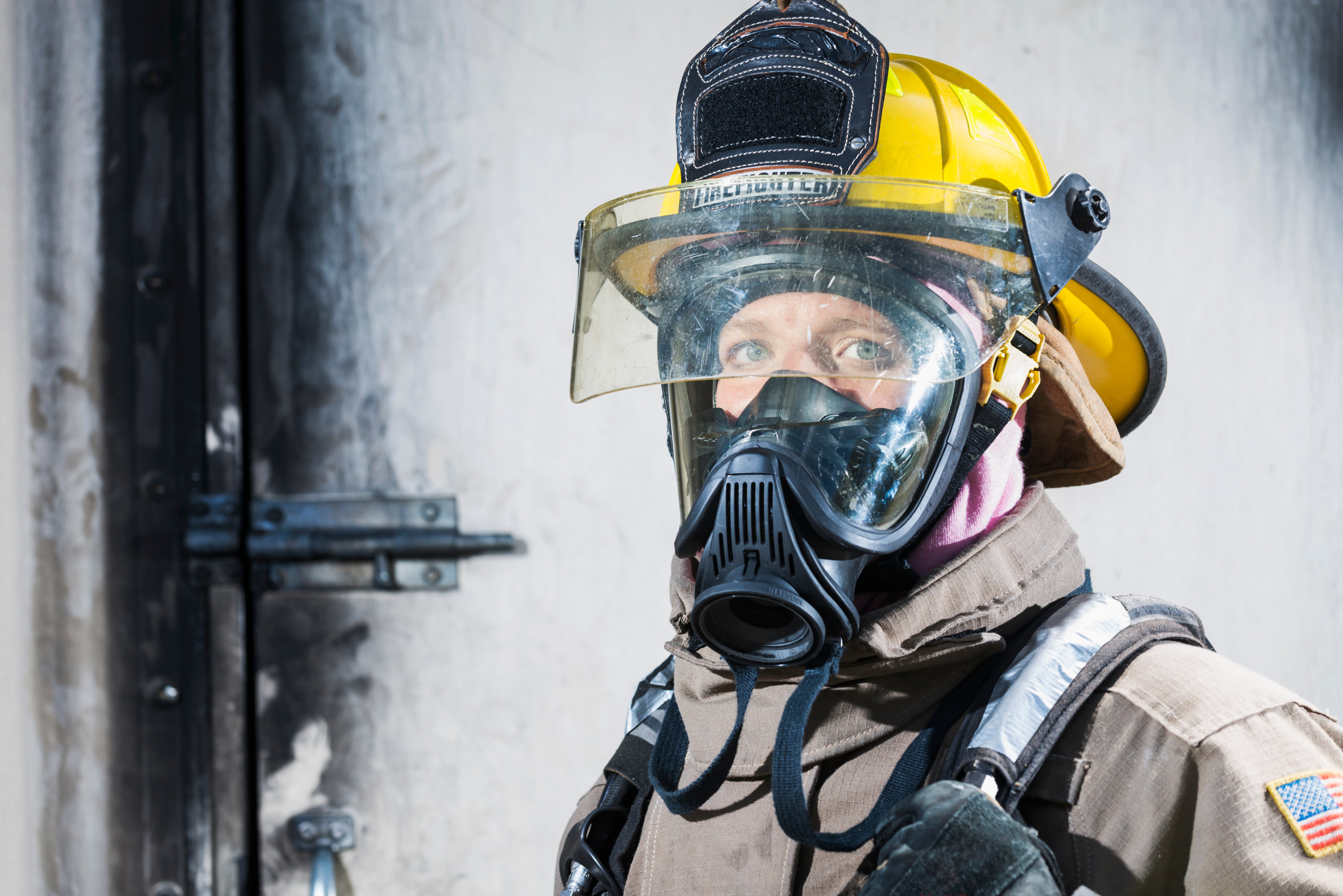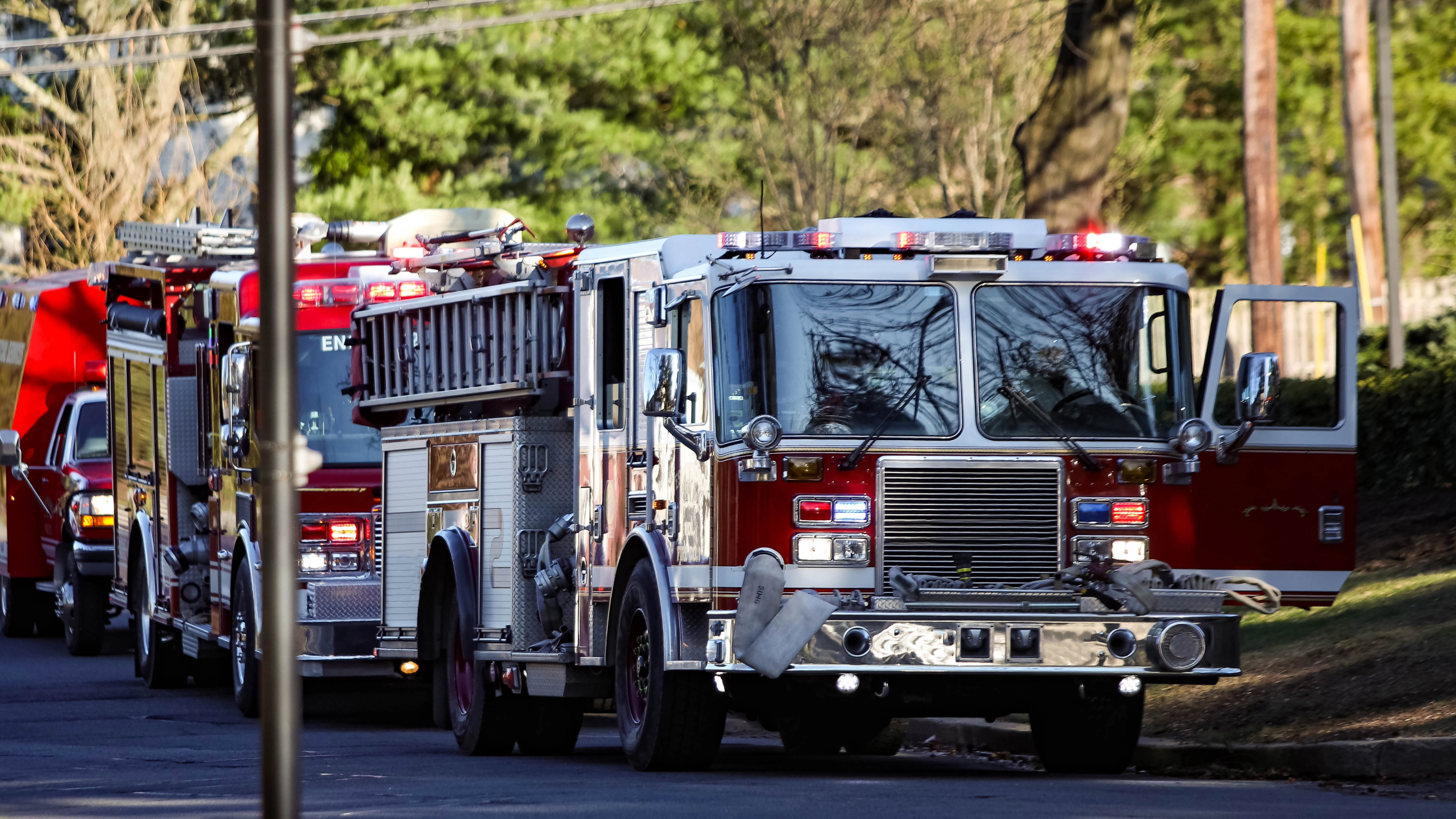Get the information you need to know with this quick guide.
The emergency services industry has long recognized that firefighters are at greater risk of getting cancer and dying from the disease. Statistics vary depending on the study, but one thing is clear: Firefighters are exposed to dangerous carcinogens while protecting our communities. In return, our communities should support and protect these heroes when they need it most.
At VFIS, we’ve proudly stood side-by-side with and supported firefighters for 50 years. Sometimes that means pushing to help pass legislation that better protects firefighters in their time of need. We’re thrilled to see Alabama lawmakers pass HB360. It’s a much-needed step toward fulfilling the responsibility we, as a community, owe firefighters.
If you’re a firefighter in Alabama, chances are you’ve already heard of HB360. It’s a long-awaited Law that puts the needs of firefighters at the forefront, requiring paid departments to provide cancer coverage benefits. However, it does not cover all firefighters and departments. To help you make sense of this law, we’re breaking it down and explaining how it could impact you and your department.
What does HB360 mean?
Beginning January 1, 2020, any fire department or division in Alabama with career firefighters must provide and maintain sufficient insurance coverage that addresses specific cancer diagnoses and treatments for each eligible employee.
Who is eligible for coverage under HB360?
All career firefighters in Alabama who meet the following criteria must be offered coverage:- Anyone who is employed by AL, an airport authority, a municipal entity or a fire district who has obtained certification as a firefighter as defined by the Alabama Firefighters’ Personnel Standards and Education Commission
- Firefighters employed by the Alabama Forestry Commission who have been certified by the state and who have met the wildland firefighting training standard of the National Wildfire Coordinating group
- In some circumstances, the same coverage will be made available to certain volunteer firefighters
- To receive benefits from this coverage, career firefighters must have served at least one consecutive year as a firefighter and have been diagnosed with a type of cancer included in the Law
What types of cancer are covered?
The Law covers a broad spectrum of cancers, including many that firefighters are said to be at greater risk of developing. According to FirefighterCancerSupport.org, firefighters are 62% more likely to get esophageal cancer than the general U.S. population. Firefighters are also 1-2 times more likely to get other cancers including testicular, non-Hodgkin’s lymphoma and multiple myeloma. HB360 requires coverage to provide benefits for the following cancers (for those that qualify):
- Bladder
- Blood
- Brain
- Breast
- Cervical
- Esophageal
- Intestinal
- Kidney
- Lymphatic
- Lung
- Prostate
- Rectum
- Respiratory tract
- Skin
- Testicular
- Thyroid
- Leukemia
- Multiple myeloma
- Hodgkin’s lymphoma
- Non-Hodgkin’s lymphoma
What benefits are required?
The Law requires supplemental insurance coverage to provide certain benefits to career firefighters diagnosed with cancer. The coverage must include a lump sum benefit and monthly disability benefits. There are lump sum benefits described in the Law.
A lump sum benefit of $25,000 for cancer involving one or more malignant tumors and:
- Surgery, radiotherapy or chemotherapy is medically necessary
- There is metastasis
- The diagnosis is terminal, with a life expectancy of 24 months or less
A lump sum benefit of $6,250 for:
- Carcinoma in situ such that surgery, radiotherapy or chemotherapy has been determined to be medically necessary
- Malignant tumors treated by endoscopic procedures alone
- Malignant melanomas
- A tumor of the prostate treated with radical prostatectomy or external beam therapy
The combined total of all lump sum benefits during his or her lifetime is capped at $50,000.
Disability benefits are payable after six months with a monthly benefit of $3,000 for career and certified volunteer firefighters, and $1,500 for non-certified firefighters. Disability benefits are payable for up to 36 consecutive months.
How much do these benefits cost?
VFIS is proud to partner with fire departments across Alabama to help provide the required product and better protect their crew members. We can ensure that you meet the requirements of this Law. We offer quality coverage, at a low cost of $186 per each firefighter that is considered a Career Personnel or Certified Volunteer, and $174 per each Non-Certified Volunteer. Our simple 1-page request for proposal will help you get the coverage you need as quickly as possible. Plus, as with all of our clients, we will provide you with dedicated safety and risk management resources to help address some of the most important issues of the industry.
Can I add additional benefits?
Looking for added cancer benefits for your members?
VFIS Enhancements include:
- For just a few dollars more per member – there’s an option to cover all cancers. The All Cancer Coverage is available for $198 per each firefighter who is considered a Career Personnel or Certified Volunteer, and $184 per each Non-Certified Volunteer.
-
An additional Death Benefit of $75,000 can be added to the cost of any coverage for just $59 more per member for Statutory Coverage and $65 more per member for the All Cancer Death Benefit.
Who is responsible for providing coverage?
The primary employer of the career firefighter is responsible for providing the necessary coverage. The Law defines the primary employer as the governing body who employs and provides primary health insurance benefits to the employee.
What if I am a volunteer firefighter?
HB360 does not require supplemental insurance coverage for volunteer firefighters, but does make it available. The Law defines two categories of volunteer firefighters and outlines coverages available based on designation. Certified volunteers can purchase the same coverage provided to career firefighters at the same premium costs. Non-certified volunteers can purchase similar insurance with reduced benefits. To be eligible for coverage, both certified and non-certified volunteers must:
- Have served 12 consecutive months
- Completed a physical and statement as required by the Alabama Firefighters’ Personnel Standards and Education Commission
What happens when I retire?
After a firefighter has left service, he or she has the option to continue coverage at his/her own expense at the same rate available for active firefighters.
How can I provide coverage at my fire department? What do I need to do?
We know that shopping for insurance isn’t fun. Navigating through premiums, coverages and benefits can be an overwhelming task. But we’re committed to helping your team through the process. VFIS of Southeast will work with your insurance agent to submit your simple, 1-page request for proposal. To get covered before the deadline, call Roy Adamson or Stacey Waldrep at VFIS of Southeast at 800.621.3380 or email them at radamson@vfisse.com or jswaldrep@vfisse.com.
I have legal questions regarding this Law. Where can I find answers?
Legislation can be confusing and complicated. Because of this, it is always best to seek the advice of a legal professional. A local attorney should be able to answer your questions and explain the Law in its entirety.
I am a career firefighter but do not live in Alabama. Will my department need coverage?
Similar legislation is being debated in states throughout the country. New York, Florida and Georgia have already passed bills outlining required cancer coverage for eligible firefighters. While versions differ from state to state, the need to provide this kind of coverage is finally being recognized by legislators across the nation.
As with any new compliance measure, there are sure to be growing pains for some departments. Even with these obstacles, we’re confident that HB360 represents a positive change in how states treat and care for firefighters. We’re ready and excited to be your partner as you move through the process. We continue to be hopeful that other states will step up and fight for essential coverages for firefighters.
DISCLAIMER
The information contained in this blog post is intended for educational purposes only and is not intended to replace expert advice in connection with the topics presented. Glatfelter specifically disclaims any liability for any act or omission by any person or entity in connection with the preparation, use or implementation of plans, principles, concepts or information contained in this publication.
Glatfelter does not make any representation or warranty, expressed or implied, with respect to the results obtained by the use, adherence or implementation of the material contained in this publication. The implementation of the plans, principles, concepts or materials contained in this publication is not a guarantee that you will achieve a certain desired result. It is strongly recommended that you consult with a professional advisor, architect or other expert prior to the implementation of plans, principles, concepts or materials contained in this publication.
This blog post may contain the content of third parties and links to third party websites. Third party content and websites are owned and operated by an independent party over which Glatfelter has no control. Glatfelter makes no representation, warranty, or guarantee as to the accuracy, completeness, timeliness or reliability of any third party content. References to third party services, processes, products, or other information does not constitute or imply any endorsement, sponsorship or recommendation by Glatfelter, unless expressly stated otherwise.
Related posts
We asked 10 members of our VFIS Team to name one auto-related risk that they believe is underdiscussed in fire and EMS agencies. Here’s what they said.
Most volunteer fire departments rely heavily on POVs, but there are inherent risks you should know.
Establish a Emergency Vehicle Operations Program that includes driver/operator requirements to help ensure your vehicles are in the right hands.











Submit a Comment